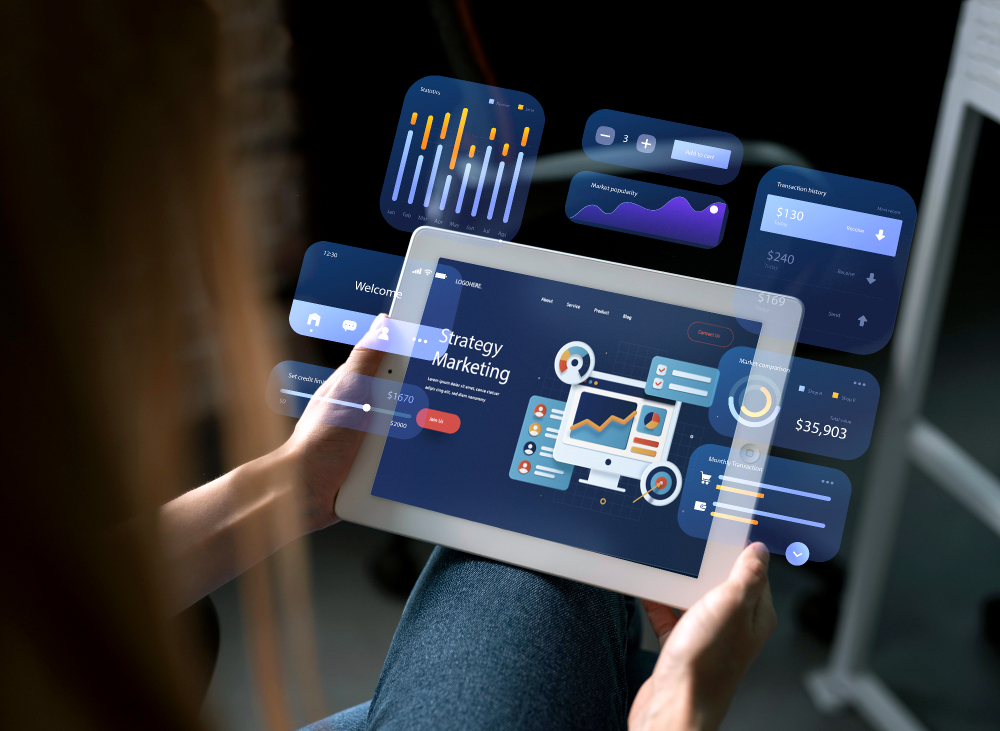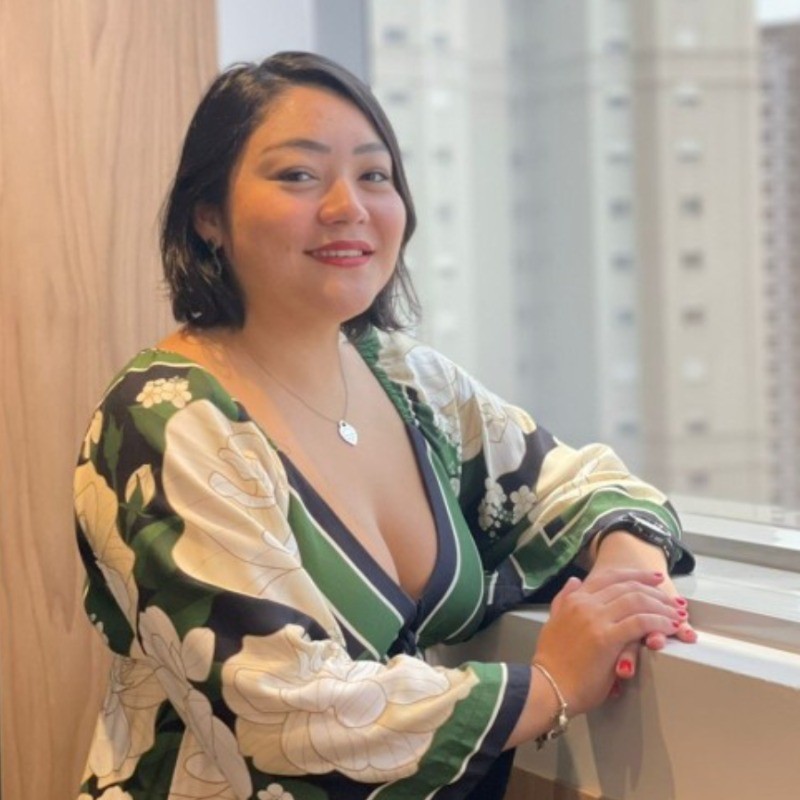
The Importance of Segmentation in Marketing Communication
You’re not everyone!
If you’ve ever heard this from your mother, know that she was always right.
Throughout my career in Marketing, the most common answer I got when asking about ICP, target audience, or segmentation was: “Let’s keep it as broad as possible to reach more people.” In theory, it sounds good, but in practice, it’s a disaster.
Yes, the communication will reach a lot of people, and many will be impacted, but most of the time, there won’t be any real connection on the other side.
The more generic your communication, the less empathy people will feel for your brand or product. — Gabriella D’Emilio
This happens because we need to recognize something of ourselves in the message. That recognition typically comes when we’ve been through a similar scenario, whether happy or sad (your mom probably also said: “You’ll learn the easy way or the hard way”). When a customer feels that a message was written just for them, they’re more likely to be open to what you have to say.
In 1987, Washington Olivetto created a campaign for Valisere. In this commercial, a young girl gets her first bra and feels amazing in it. From that commercial came the iconic phrase: "You'll never forget your first bra."

The association of a first-time experience in someone’s life can translate into countless variables: the first car, the first kiss, the first job… And all of these associations are positive (though sometimes, first experiences aren’t always good, but let’s not dive into that today). Even though this was a somewhat generic approach, it cemented itself in the minds of Brazilians.
But… did you notice what I mentioned earlier? This commercial was filmed in 1987! I wasn’t even born yet!
Today, thanks to segmentation, we can reach more niche audiences—regional, age groups, behaviors, interests, consumer journey progress, engagement levels, device usage, and so on.
If I don’t communicate what the audience wants to hear, bye! They’ll move on, and probably think: “Why would I need a bra? That brand’s out of touch.” And just like that, in a matter of seconds, I’ve lost a potential customer.
This is why I always say—at every Marketing meeting, every time I see a briefing—know who you are talking to, understand the best tone and channel for communication, study the best times and formats for delivery. Just applying what I’ve mentioned guarantees you 70% of an effective communication strategy.
Still not convinced?
What if I told you that campaign segmentation can help you with:
By personalizing messages, products, and offers to meet the needs of each group. This makes campaigns more relevant to consumers and increases the likelihood of conversion.
Identifying consumer needs and pain points, allowing the company to engage with them more effectively.
- Increased engagement, and consequently, loyalty.
- Optimization of campaigns and customer journeys (which also means cost reduction!).
- Boosting traffic: In a targeted way—there’s no point in driving traffic from people who don’t connect with your brand/product.
- Lead qualification.
But Gabi, what about the other 30%?
Relevant content and layout. That 30%, in my opinion, is the tip of the iceberg—the part everyone sees (and the part everyone loves to give their two cents on).
So, always remember: you’re not everyone. There’s a whole marketing team working hard to find the best way to talk about you. ❤️
If you’re still unsure how to connect with your audience, check out Dialogi.ai. It uses AI to help you with the 70% of communication, and we’ll leave the rest to your creative team and those helpful commentators 😜

Gabriella D’Emilio
Head of Marketing
Author
FAQ
It’s dividing your audience into smaller groups with similar traits to create more relevant and effective messages.
It increases relevance, strengthens audience connection, reduces costs, and boosts conversions.
It enhances engagement, builds loyalty, and qualifies leads, optimizing your campaigns.
Dialogi AI
Find out how our solutions with empat. AI can revolutionize customer service in your business.
Recent Post
- All Posts
- Customer Experience
- Design and Communication
- Ethics and Society
- Evolution and Impact of AI
Categories
Tags
Dialogi | AI | Human-Machine Interaction | Virtual Assistants | Automation | Future of Technology | Digital Communication



